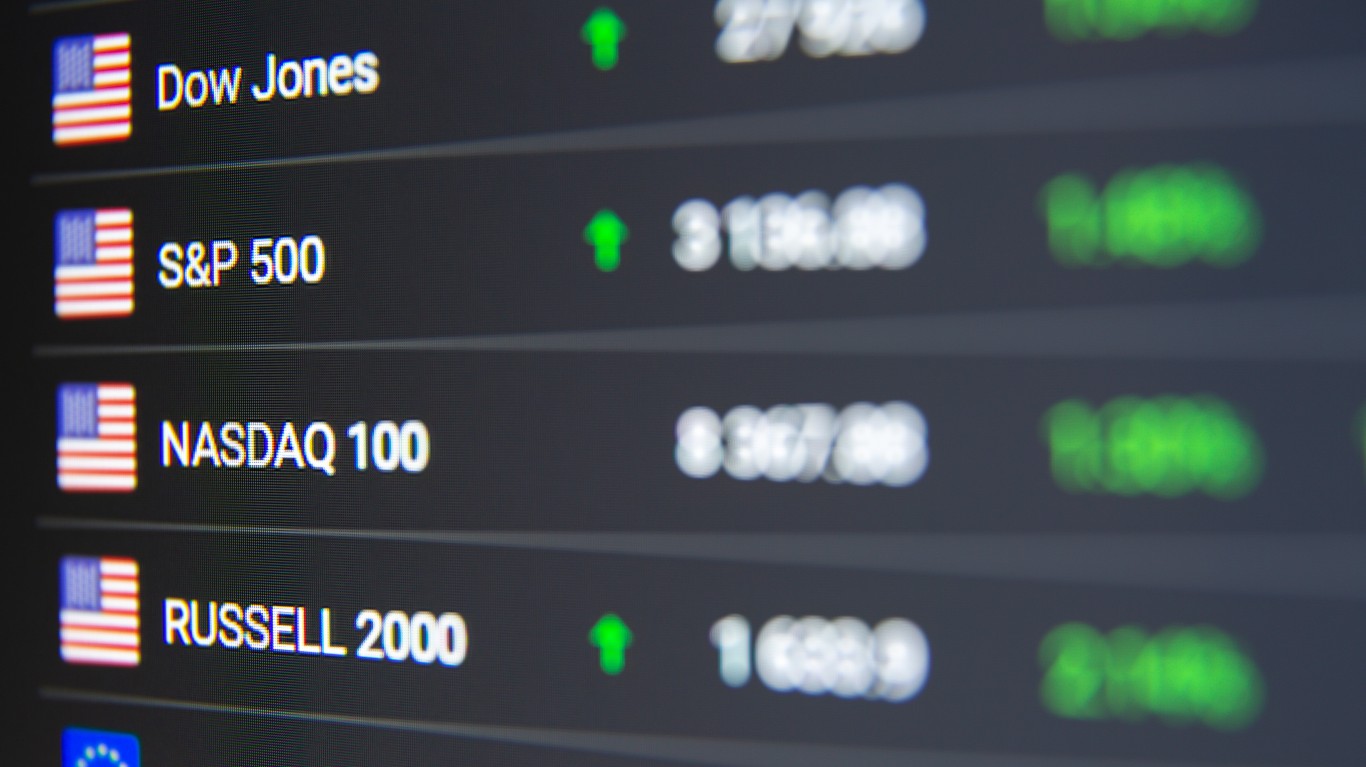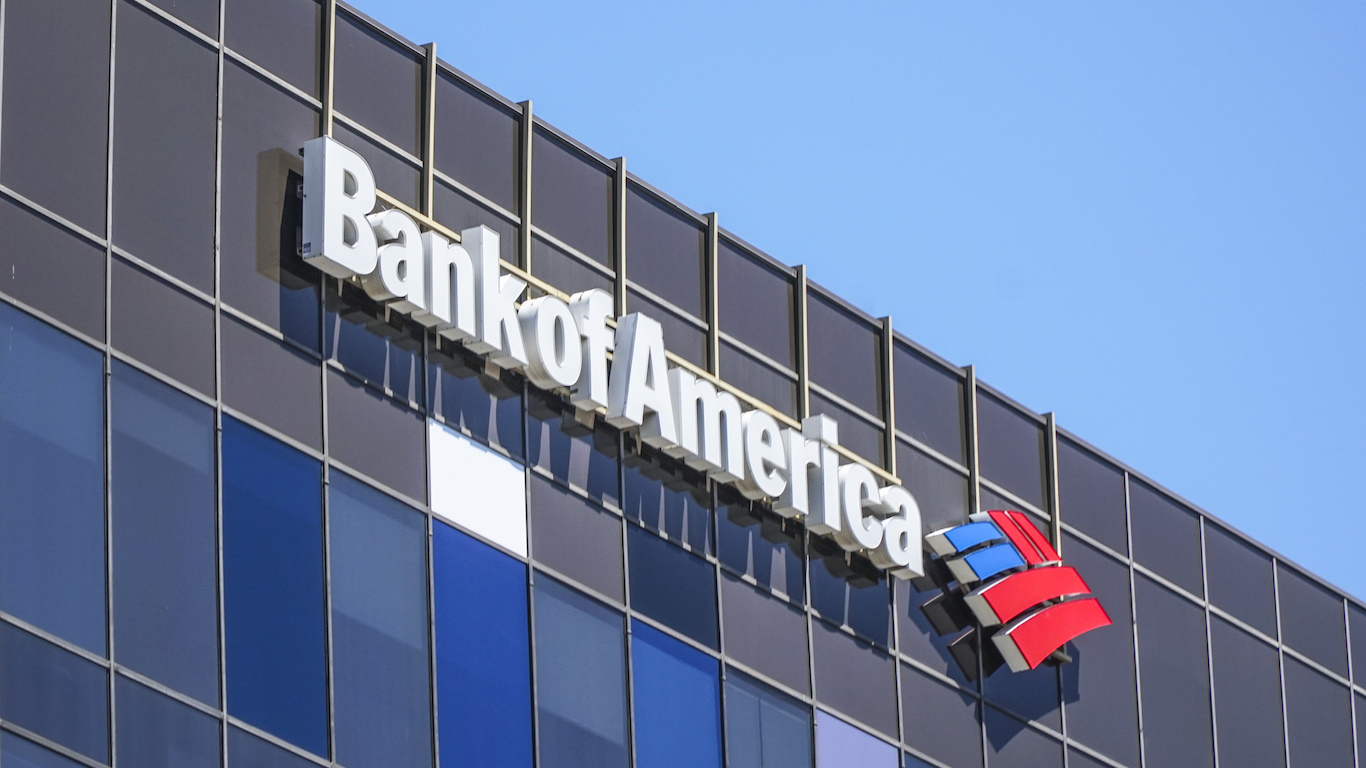
The biggest technology giants in the US have seen a resurgence in 2023 after a shaky year, driving the S&P 500 gains and increasing their dominance in the index. However, due to this high concentration, investors may find the index unsuitable for diversifying their portfolios.
Ten Biggest Companies Prop Up the S&P 500 Index, Gain 44% YTD
The ten biggest tech companies, including Apple, Amazon, and Microsoft, have gained 44% this year, becoming the driving force behind the S&P 500 index‘s recent success. Without these ten firms, the S&P 500 would be down slightly rather than up around 10% YTD.
The significant outperformance of the S&P 500 over the past three months compared to an index with equal weighting is the largest on record since 1990, according to a report by The Wall Street Journal.
However, this trend is not limited to the technology sector and affects most other US industries as well. The top ten stocks across all US industries except telecommunications have surpassed their peers this year.
The S&P 500 index is weighted by market capitalization. Simply put, a company’s valuation determines its influence over the index’s performance. Therefore, each listed company on S&P 500 doesn’t represent 1/500th of the index.
What Caused the Rush toward Big Companies?
This recent shift has been partly caused by the current uncertainty surrounding the global economy, bringing with it the pursuit of safety amongst investors. Investors are increasingly drawn to quality firms with strong margins and large cash buffers, predominantly larger growth-focused companies rather than smaller ones.
Another driver of this shift is the ongoing technological and economic change. For instance, the recent banking crisis demonstrated that smaller regional banks are more susceptible to changes in investor sentiment, and there is an expectation that regulatory bodies will tighten their control over them.
Similarly, diversified supply chains and the benefits of pricing power in times of inflation are factors that larger corporations tend to have in their favor over smaller ones operating within the same industry.
There is also a growing trend in using artificial intelligence (AI) across different industries and applications. Microsoft-backed OpenAI released its ChatGPT tool earlier this year, leading to viral success and reaching out to the mainstream.
The recent surge in Nvidia’s stock was mainly driven by the promise of surging demand for advanced chips needed for AI developments. The company has projected $11 billion in sales for the current quarter, far above the $7.2 billion Wall Street estimated and the highest quarterly total ever for the firm.
Top Ten Companies Account for 35% of S&P 500’s Market Cap
Investors have been flocking to the biggest US consumer-tech stocks in recent months. This has driven these companies’ valuation and influence on the S&P 500 even higher, suggesting that those invested in the benchmark are less diversified than they might think.
The top ten companies in the S&P 500 Index account for almost 35% of the entire market capitalization, an increase from 25% during the 1999-2000 tech bubble and an average of 20% over the past 35 years, according to Lisa Shalett, CIO at Morgan Stanley Wealth Management,
“This means that money deployed into the market-cap-weighted S&P 500 is increasingly a wager on the health of just a few companies—with the fundamentals of the other 490 carrying less weight.”
She noted that expensive stocks continue to become more expensive, and the market-cap-weighted S&P 500 Index has a forward price-to-earnings ratio of about 19. The top three companies have an average ratio of 66, which is risky as these rich valuations depend on low-interest rates.
“Should the Federal Reserve keep policy rates higher for longer, the index may be more rate-sensitive and subject to greater volatility than many investors assume,” Shalett said.
Moreover, the risk of over-concentration in investors’ portfolios is further exacerbated by the US stock market’s growing weight in global equity markets. For context, US stocks make up about 60% of the value of all stocks worldwide.
Long-term investors should consider moving away from US passive index exposures towards opportunities in small-cap, value-style, and cyclical stocks to combat this. “Tactical rebalancing could also favor emerging markets over the next six to 12 months,” Shalett said.
Meanwhile, the S&P 500 finished the last trading at around 4,205, up by 0.07%. The index is up by 9.53% YTD and more than 1% over the past year.
This article originally appeared on The Tokenist
Get Ready To Retire (Sponsored)
Start by taking a quick retirement quiz from SmartAsset that will match you with up to 3 financial advisors that serve your area and beyond in 5 minutes, or less.
Each advisor has been vetted by SmartAsset and is held to a fiduciary standard to act in your best interests.
Here’s how it works:
1. Answer SmartAsset advisor match quiz
2. Review your pre-screened matches at your leisure. Check out the advisors’ profiles.
3. Speak with advisors at no cost to you. Have an introductory call on the phone or introduction in person and choose whom to work with in the future
Thank you for reading! Have some feedback for us?
Contact the 24/7 Wall St. editorial team.





